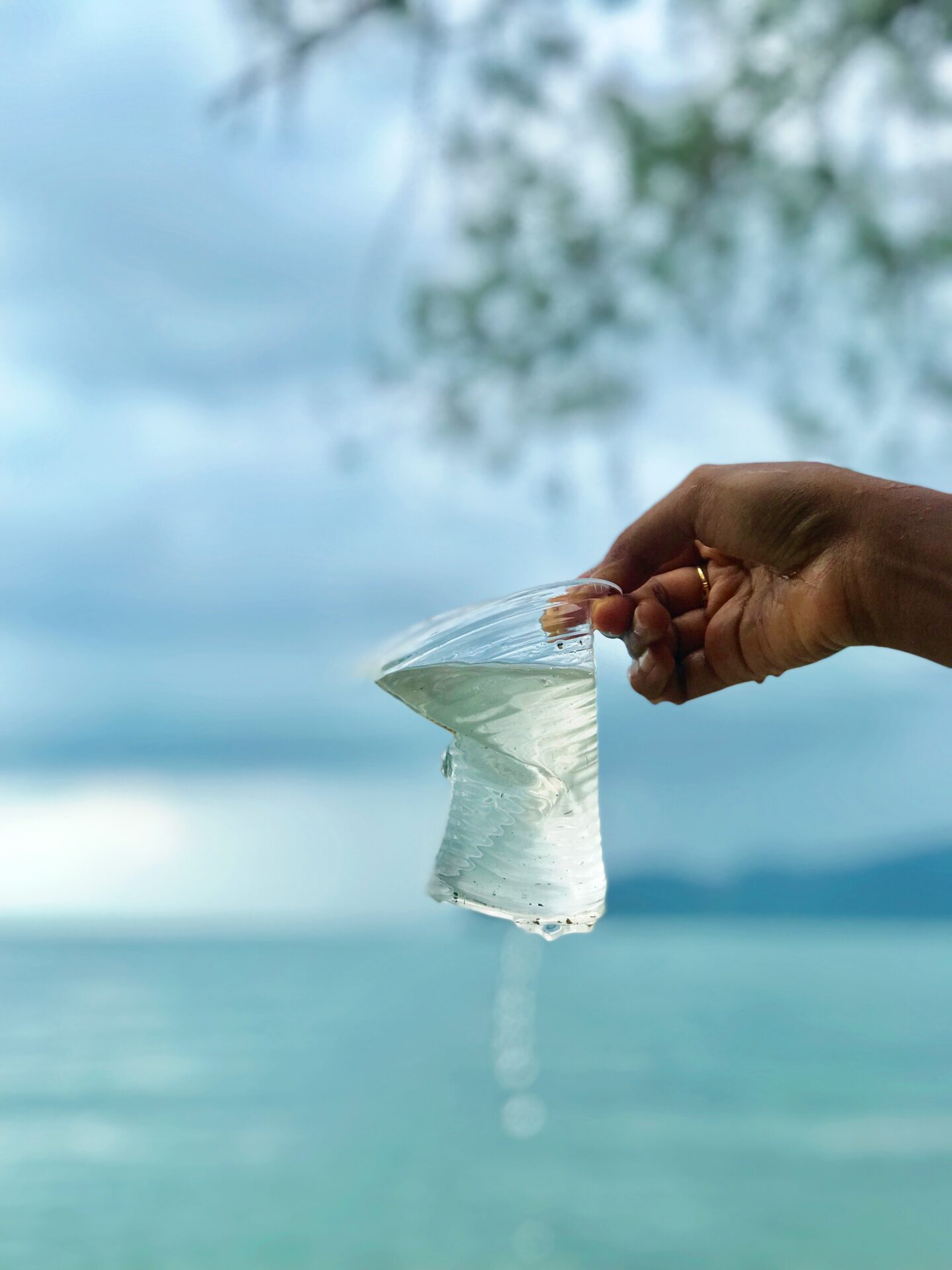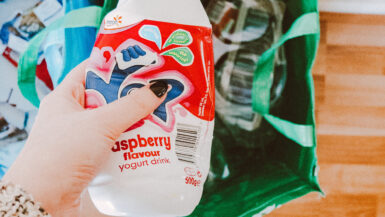In today’s world, the urgent need to address environmental concerns has rapidly gained momentum. As educators and role models, it is vital for teachers to instill sustainable practices and a deep respect for the environment in their students. One way to achieve this is by creating a plastic-free, eco-friendly classroom. In this article, we will delve into the core aspects of developing such an environment, which include minimizing single-use plastics, utilizing sustainable materials, and engaging students in relevant educational activities. This comprehensive guide will provide you with the necessary tools and strategies to transform your classroom into an eco-conscious space, inspiring future generations to adopt sustainable lifestyles.
Top 10 Reusable Alternatives to Common Classroom Plastic Items
In an effort to reduce plastic waste and create a more sustainable teaching environment, it is essential to replace commonly used plastic items with eco-friendly alternatives. The following reusable options not only help minimize plastic pollution but also encourage students to adopt greener habits. So, let’s explore the top 10 reusable alternatives to common classroom plastic items.
1. Replace Plastic Binders with Cardboard or Recycled Material Binders
Switch to binders made from recycled materials or cardboard, which are more eco-friendly and just as effective in keeping your documents organized.
2. Swap Plastic Rulers for Wooden or Metal Rulers
Wooden and metal rulers are not only more durable than their plastic counterparts, but they also have a smaller environmental footprint.
3. Ditch Plastic Pens for Refillable or Biodegradable Pens
Opt for refillable pens or those made from biodegradable materials to reduce plastic waste. This simple change can significantly reduce the number of disposable pens discarded every year.
4. Choose Reusable Silicone Sandwich Bags over Plastic Ziplock Bags
Silicone sandwich bags are an excellent alternative to single-use plastic bags. They are easy to clean, durable, and perfect for storing snacks or small items.
5. Use Beeswax Wraps instead of Plastic Wrap
Beeswax wraps are a sustainable and reusable alternative to plastic wrap. They can be used to cover bowls, wrap sandwiches, or store fruits and vegetables.
6. Implement Reusable Water Bottles and Cups
Encourage students to bring their own reusable water bottles and cups. This practice not only decreases the use of disposable plastic cups but also promotes the importance of staying hydrated throughout the school day.
7. Opt for Cloth or Mesh Bags for Classroom Storage
Replace plastic storage bags with cloth or mesh bags for organizing classroom materials such as art supplies, toys, and games.
8. Substitute Plastic Straws with Metal, Glass, or Bamboo Straws
Introduce sustainable straws made from metal, glass, or bamboo in your classroom. These reusable straws are easy to clean and can be used for various activities, such as art projects or smoothie days.
9. Replace Plastic Lunch Containers with Stainless Steel, Glass, or Bamboo Containers
Encourage students to use lunch containers made from stainless steel, glass, or bamboo. These eco-friendly options are safer for both the environment and the students, as they are free from harmful chemicals found in some plastics.
10. Incorporate Reusable Microfiber Cloths for Cleaning
Swap out disposable wipes or paper towels with reusable microfiber cloths for classroom cleaning. These cloths are washable, highly absorbent, and effective in capturing dust and dirt, all while reducing waste.
By making these simple yet impactful changes in your classroom, you can contribute to a greener future and instill the importance of sustainability in your students. A plastic-free, eco-friendly classroom not only benefits the environment but also promotes a healthier and more responsible lifestyle for the next generation.
How to Implement a Plastic-Free Teaching Curriculum
A plastic-free teaching curriculum goes beyond merely replacing single-use plastics with eco-friendly alternatives. It involves incorporating environmental education into your lesson plans and engaging students in meaningful activities that promote a sustainable mindset. By integrating plastic-free living principles into your curriculum, you are fostering a deep understanding of the importance of preserving our planet for future generations. In this section, we will discuss some strategies and activities that can help you successfully implement a plastic-free teaching curriculum in your classroom.
Integrating Sustainability into Core Subjects
One effective approach to implementing a plastic-free curriculum is to weave sustainability concepts into core subjects such as science, math, social studies, and language arts. For instance, in science lessons, you can discuss the impact of plastic pollution on ecosystems and wildlife. Math problems can involve calculating the amount of plastic waste generated by individuals or communities, while social studies can explore the history of plastic production and its global effects. In language arts, students can read and write about environmental issues, including plastic pollution and waste reduction.
Hands-On Environmental Projects
Engage students in hands-on projects that demonstrate the benefits of a plastic-free lifestyle. Some project ideas include creating art from recycled materials, building a school garden to learn about composting and sustainable agriculture, or conducting a waste audit to assess the amount of plastic waste generated in your classroom. These activities not only educate students about environmental issues but also provide them with practical skills for living a greener, plastic-free life.
Field Trips and Guest Speakers
Expand your students’ learning beyond the classroom walls by organizing field trips to local recycling centers, landfills, or conservation areas. These excursions can give students a first-hand look at the effects of plastic waste on our environment and the importance of proper recycling practices. Additionally, consider inviting guest speakers from environmental organizations to share their expertise and insights on plastic pollution and sustainable living.
Plastic-Free Challenges and Competitions
Encourage a sense of friendly competition among your students by organizing plastic-free challenges or competitions. For example, you can challenge students to go a week without using single-use plastics, create a reusable product from recyclable materials, or design a poster promoting plastic-free living. These activities not only teach students about the importance of reducing plastic waste but also foster teamwork, creativity, and problem-solving skills.
Collaborate with Parents and the Community
Creating a successful plastic-free teaching curriculum requires the support of parents and the local community. Inform parents about your plastic-free initiatives and provide them with resources on how they can support these efforts at home. Additionally, collaborate with local environmental organizations to develop partnerships and secure resources for your classroom projects. This collaboration can help build a strong network of individuals and organizations committed to reducing plastic waste and promoting a sustainable future.
By incorporating these strategies and activities into your teaching curriculum, you are creating an engaging and enriching learning experience for your students. A plastic-free, eco-friendly classroom not only benefits the environment but also fosters a sense of responsibility and awareness in young minds that will ultimately shape a sustainable future for all.
Eco-Friendly Classroom Decorations and Organization Ideas
Creating a plastic-free, eco-friendly classroom goes beyond incorporating sustainable teaching practices and materials. It also involves designing a learning environment that reflects your commitment to sustainability and inspires students to adopt eco-conscious habits. In this section, we will explore various ideas for eco-friendly classroom decorations and organization that can help you create a visually appealing and environmentally responsible learning space.
Use Recycled and Upcycled Materials for Classroom Decor
Opt for decorations made from recycled or upcycled materials, such as paper, fabric, or metal. By creating or purchasing decorations made from these materials, you not only reduce waste but also demonstrate resourcefulness and creativity to your students. For instance, you can create colorful banners from old magazines or fabric scraps, or fashion wall art from reclaimed wood or metal.
Bring Nature Indoors with Plants and Natural Elements
Incorporate plants and natural elements into your classroom decor to create a calming and inviting atmosphere. Plants not only purify the air but also serve as a visual reminder of the importance of protecting the environment. Introduce potted plants, hanging gardens, or even a small indoor greenhouse to your classroom. Additionally, you can use natural materials such as stones, shells, or branches to create unique displays and centerpieces.
Display Eco-Friendly Artwork and Posters
Encourage your students to create artwork and posters that promote plastic-free living and environmental awareness. Display these creations around the classroom to serve as a constant reminder of your collective commitment to sustainability. You can also source eco-friendly posters or prints from local artists, environmental organizations, or online platforms that focus on sustainable practices.
Organize Classroom Materials with Eco-Friendly Storage Solutions
Replace plastic storage bins and containers with eco-friendly alternatives made from materials such as bamboo, wood, or fabric. These sustainable options are not only better for the environment but also add a touch of warmth and charm to your classroom. For instance, you can use wooden crates or wicker baskets for storing books, and fabric or mesh bags for organizing art supplies.
Create a Sustainability Corner or Bulletin Board
Designate a specific area in your classroom for displaying information about plastic-free living, environmental issues, and sustainable practices. This area can feature a bulletin board, a bookshelf with eco-friendly literature, or a display of reusable products and materials. Update this space regularly with new information, resources, and student projects to keep the topic of sustainability at the forefront of your students’ minds.
Opt for Energy-Efficient Lighting and Electronics
Incorporate energy-efficient lighting and electronics into your classroom to reduce your overall environmental impact. Choose LED bulbs for your lighting fixtures and utilize natural light whenever possible. Additionally, invest in energy-efficient laptops, projectors, or other electronic devices to further minimize your classroom’s energy consumption.
By incorporating these eco-friendly decoration and organization ideas into your classroom, you are not only creating an inspiring and visually appealing learning environment but also reinforcing the importance of sustainability to your students. Such a classroom fosters a sense of environmental responsibility and empowers students to make positive choices in their own lives, ultimately contributing to a greener and healthier future for all.
Engaging Students in Plastic-Free Initiatives and Projects
Involving students in plastic-free initiatives and projects is a vital aspect of creating a plastic-free, eco-friendly classroom. These hands-on experiences not only provide students with practical knowledge and skills but also instill a sense of ownership and responsibility towards their environment. In this section, we will discuss various methods and ideas to effectively engage students in plastic-free initiatives and projects, which will ultimately contribute to fostering a sustainable mindset among the younger generation.
Inspiring Student-Led Campaigns and Awareness Programs
Encourage students to take charge of their own learning by organizing campaigns and awareness programs that promote plastic-free living. Support them in brainstorming ideas, setting goals, and designing promotional materials such as posters, presentations, and social media content. These student-led initiatives can be shared with the school community, creating a ripple effect of environmental consciousness and sustainable practices.
Collaborating on Community Service Projects
Participate in community service projects focused on reducing plastic waste and promoting sustainable living. This can include activities such as beach cleanups, tree planting, or setting up recycling stations at local events. By engaging in community efforts, students gain a sense of accomplishment and develop a deeper understanding of the impact their actions have on the environment.
Organizing Eco-Friendly Fundraisers
Replace traditional fundraisers with eco-friendly alternatives that align with plastic-free values. Students can sell sustainable products such as reusable bags, water bottles, or beeswax wraps. The funds raised can be used to support environmental causes or to purchase eco-friendly materials and resources for the classroom.
Participating in Environmental Competitions and Challenges
Encourage students to join environmental competitions and challenges that promote plastic-free living and environmental stewardship. These can be local, regional, or even international events that focus on topics such as waste reduction, recycling, or climate change. Participation in these events can boost students’ motivation and enthusiasm while enhancing their problem-solving and collaboration skills.
Connecting with Environmental Role Models and Mentors
Expose students to environmental role models and mentors who can inspire and guide their plastic-free initiatives. Invite local environmental activists, scientists, or educators to visit the classroom and share their experiences and insights with the students. This interaction can be a powerful motivator for students to take action and adopt sustainable practices in their daily lives.
By actively engaging students in plastic-free initiatives and projects, educators can create a dynamic and meaningful learning environment that fosters a deep sense of environmental responsibility. These experiences not only empower students to make positive changes in their own lives but also inspire them to become agents of change in their communities, paving the way for a more sustainable future.
Fundraising for a Sustainable Classroom: Tips and Success Stories
Funding plays a crucial role in establishing and maintaining a plastic-free, eco-friendly classroom. While securing funds for sustainable initiatives can sometimes be challenging, there are several creative and effective fundraising methods that can significantly contribute to achieving your goals. In this subsection, we will explore various tips and successful strategies for organizing eco-friendly fundraisers that not only support your efforts to create a sustainable classroom but also raise awareness about environmental issues and inspire your school community to embrace greener practices.
Host a Green-themed Event or Workshop
Organize a green-themed event or workshop to educate your school community about the importance of plastic-free living and raise funds for your classroom at the same time. Events such as a zero-waste cooking class, an upcycling workshop, or a sustainable fashion show can generate interest and support for your cause while providing valuable learning experiences for participants.
Sell Eco-Friendly Products
Partner with local businesses or online platforms to sell eco-friendly products, such as reusable bags, water bottles, or beeswax wraps, as part of your fundraising efforts. Promote these products as practical solutions to single-use plastics and emphasize their benefits for the environment. This approach not only raises funds for your classroom but also encourages the adoption of sustainable alternatives among your school community.
Collaborate with Environmental Organizations
Collaborate with local environmental organizations to raise awareness about plastic pollution and organize joint fundraising campaigns. These partnerships can provide valuable resources, expertise, and support for your eco-friendly classroom initiatives while also strengthening the impact of your fundraising efforts.
Organize a Sustainable Art Auction
Invite students, staff, and local artists to create artwork using recycled or upcycled materials, and then organize an auction to sell these unique pieces. This creative and engaging fundraiser not only generates funds for your classroom but also showcases the artistic talents of your school community and promotes the importance of reusing and repurposing materials.
Recycle for Rewards
Implement a recycling rewards program in your school, where students and staff can earn points or incentives for properly recycling items such as plastic bottles, aluminum cans, or other recyclable materials. These points can be redeemed for eco-friendly prizes or used to support classroom sustainability initiatives. This program not only raises funds for your classroom but also encourages responsible waste management practices among your school community.
Success Stories: Turning Ideas into Action
Many educators have successfully implemented eco-friendly fundraising initiatives to support their sustainable classrooms. For example, one teacher organized a “Green Gala” event, featuring a sustainable fashion show, local eco-friendly vendors, and a silent auction of upcycled artwork. This event not only raised funds for the classroom but also brought the school community together in support of environmental causes.
Another inspiring example is a school that collaborated with a local recycling center to develop a recycling rewards program. Students collected and sorted recyclable materials, earning points that could be used to purchase eco-friendly products or support classroom sustainability projects. This program not only raised funds for the classroom but also empowered students to take an active role in protecting the environment.
By organizing innovative and engaging eco-friendly fundraisers, educators can secure the resources needed to create and maintain a plastic-free, eco-friendly classroom. These fundraising efforts not only contribute to the success of your sustainable initiatives but also inspire your school community to embrace greener practices and foster a deeper commitment to environmental stewardship.





Leave a reply